Among Ferrara’s Renaissance buildings , Palazzo Costabili certainly occupies a top place: it was built between 1495 and 1504, designed by Biagio Rossetti (Ferrara, c. 1447 - 1516), architect of the court of Hercules I, and commissioned by Antonio Costabili, an important Ferrara nobleman of the time. Tradition has it that the palace was built to guarantee the Duke of Milan, Ludovico il Moro (Costabili was his secretary, as well as Ferrara’s ambassador to Milan), an exile in case of turbulent developments in his city. We do not know if that was the purpose of the construction, but it is nonetheless a fact that this building marks an important chapter in the history of the alliance between Ferrara and Milan in the Renaissance (it should be added that Ludovico I’s wife, Beatrice d’Este, was the daughter of Ercole I).
Today the palace is home to the National Archaeological Museum of Ferrara, but it is also a destination for fans of Renaissance art and architecture: its classical-style courtyard of honor is one of the symbols of Renaissance Ferrara, the monumental marble staircase is one of the main reasons for visiting, and inside the Treasury Room houses magnificent frescoes by one of the greatest painters of the time, Benvenuto Tisi known as Garofalo. At the end of the sixteenth century, with the extinction of the Costabili family, their ancient palace went through ups and downs (it was also variously subdivided into different properties), until in 1920 it was purchased by the state, which took it over from the last owners (the Giovannini and Antonori families) for a sum of 195 thousand liras, corresponding to about 220 thousand euros today. It was the then director general of Antiquities and Fine Arts of the Ministry of Education (the Ministry of Culture did not yet exist), the Ravenna-born Corrado Ricci, who strongly suggested the purchase of the building; he had what was now known as the “Palazzone” restored to be used as a venue in which to house the artifacts found in the excavations of the nearby Spina. The museum finally opened its doors in 1932.
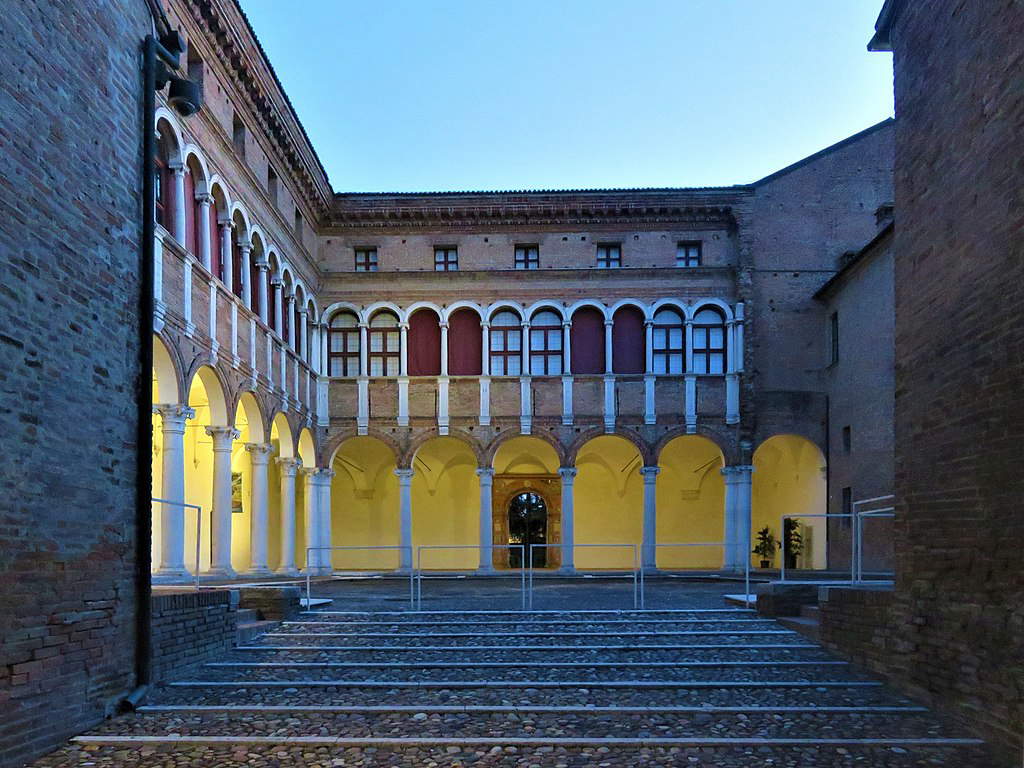
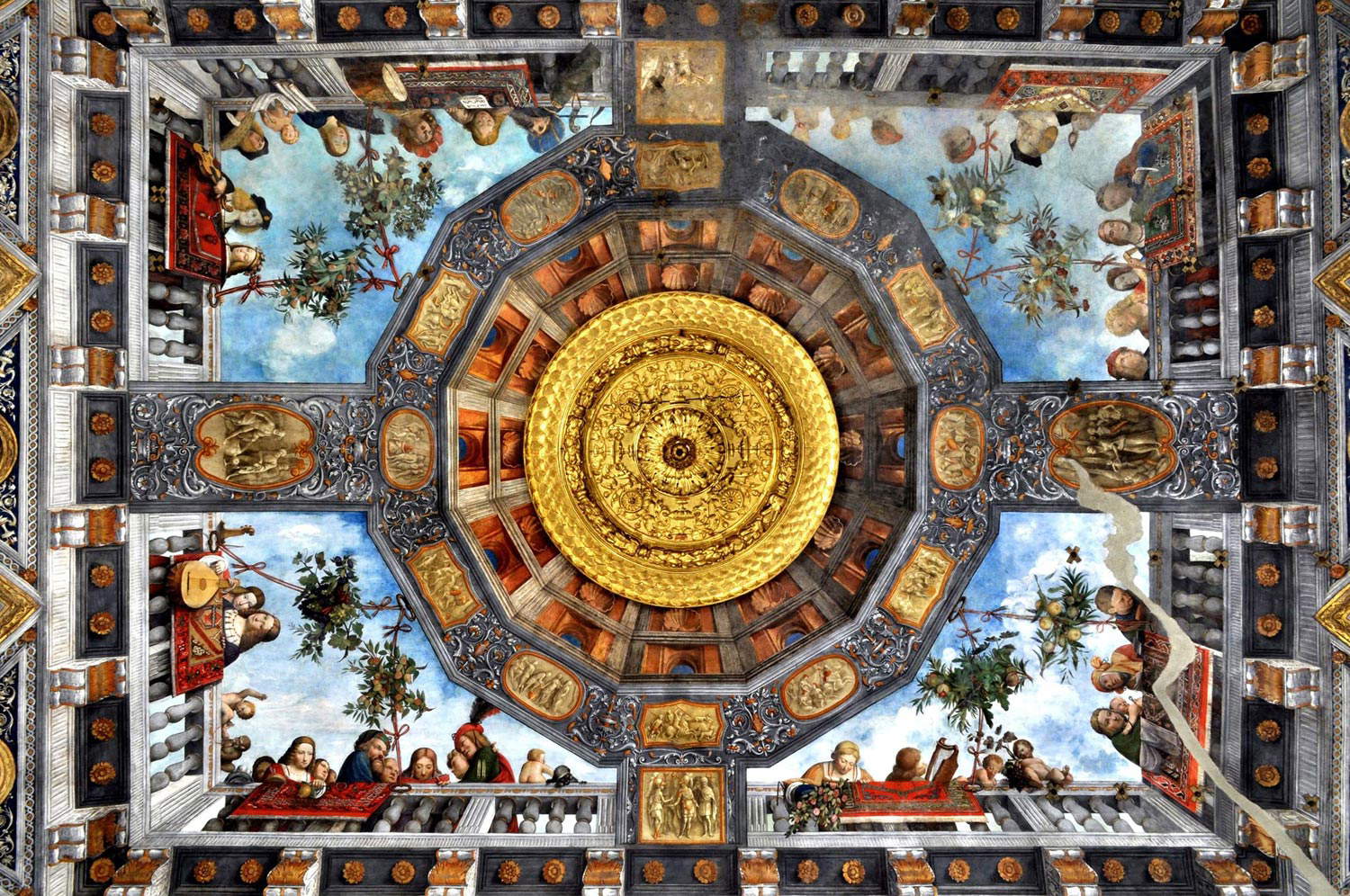
One of the main reasons for visiting Palazzo Costabili, however, is its celebrated labyrinth. There is one doubt to be dispelled right away: contrary to what one might think, it is not a Renaissance maze. In fact, its construction dates back to the 1950s. It has a square plan and recalls, in the realization of the path, the labyrinths of Roman mosaics: it has a single access and a single road that, with a very long and winding itinerary, leads to the center, with no detours, no forks, and no retracing of the visitor’s steps. It is made entirely of boxwood (buxus sempervirens of the buxaceae), one of the most widely used plant species for ornamental hedges, given the great strength of its wood, the ease with which plants can take on and maintain without too much difficulty the shapes that the gardener decides to give them, because it grows slowly so does not require constant attention, and because it is an evergreen plant that will therefore ensure that the hedge is well maintained throughout the year.
The labyrinth at Palazzo Costabili has a special feature: it is in fact a labyrinth where the hedges do not exceed the height of the visitor. A choice that “stands to remind us,” explains engineer Ettore Selli in his book Italian Labyrinths, “that this layout is not intended to generate bewilderment, so it does not contemplate challenging runs or the fun that often concerns mazes.” It is, if anything, Selli suggests, “a place of reflection after the atrocities suffered,” those of World War II.
In fact, the creation of the labyrinth is part of the restoration project for the gardens of Palazzo Costabili that was initiated after the war: before, in fact, there had never been a labyrinth. Instead of the neat garden that can be walked through today, there were in fact beautiful lawns, but no trace of a maze.
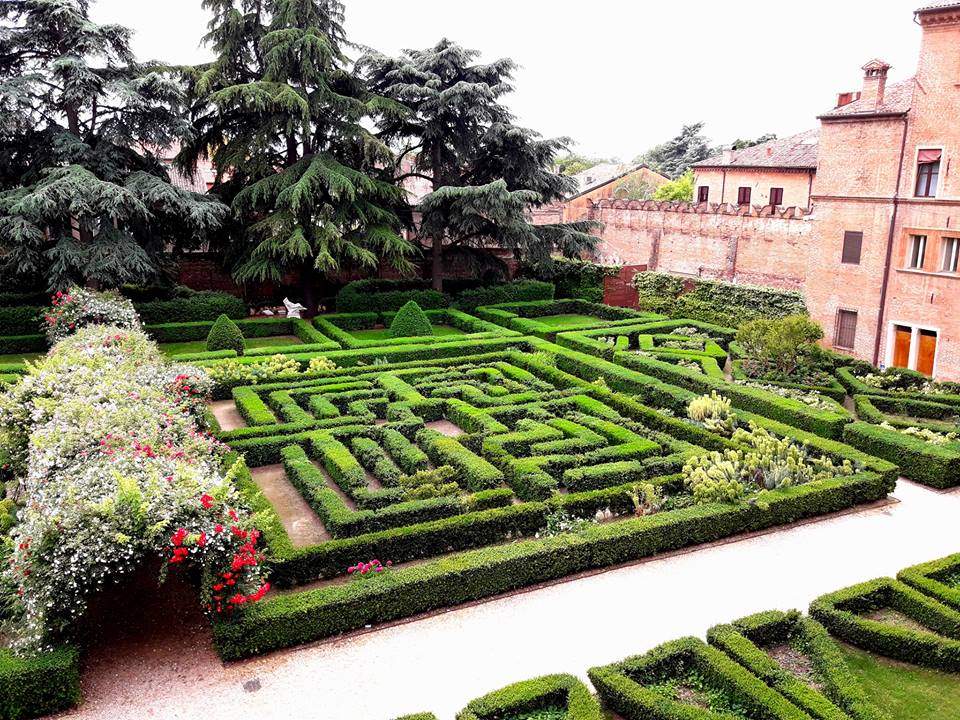
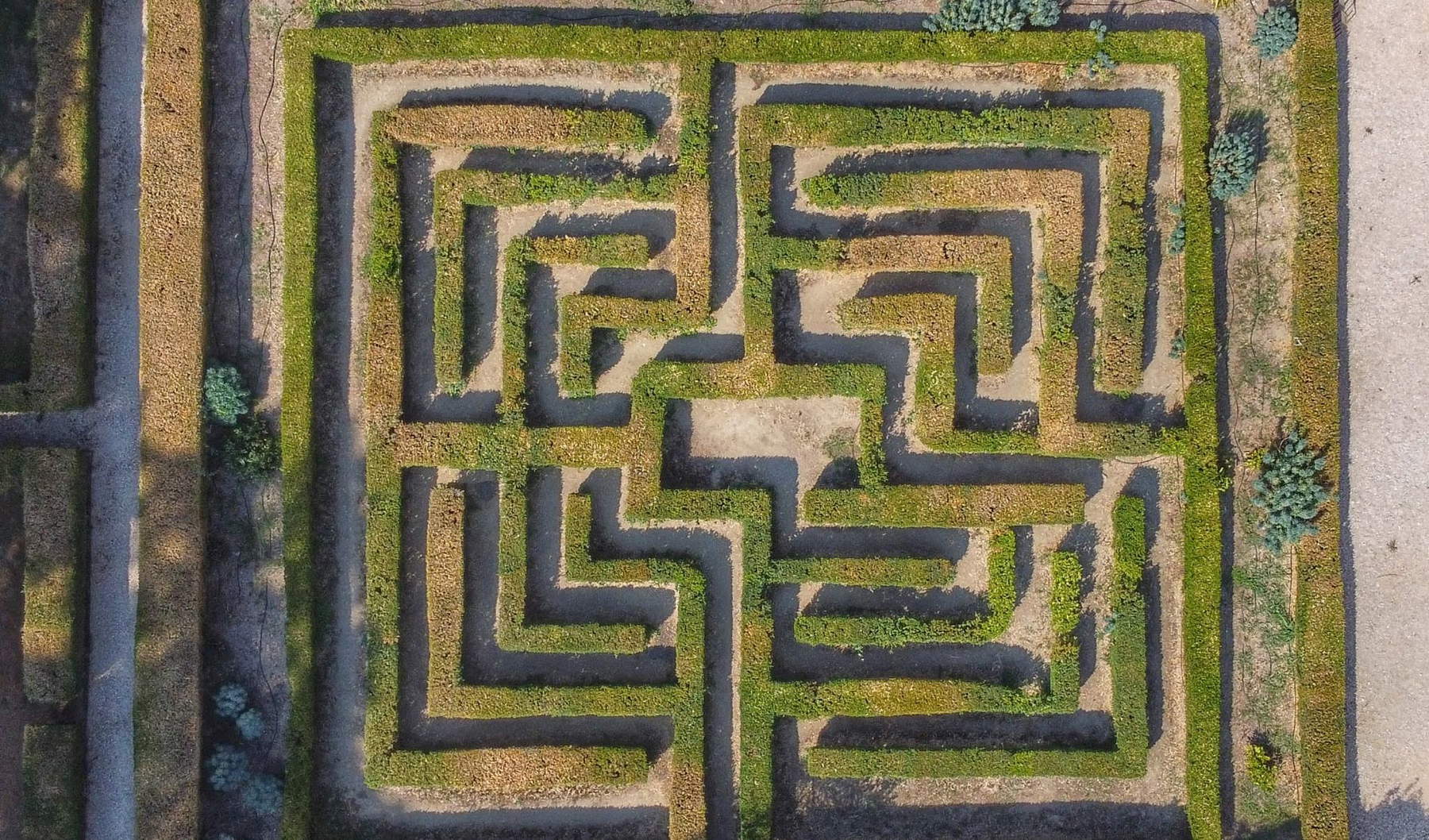
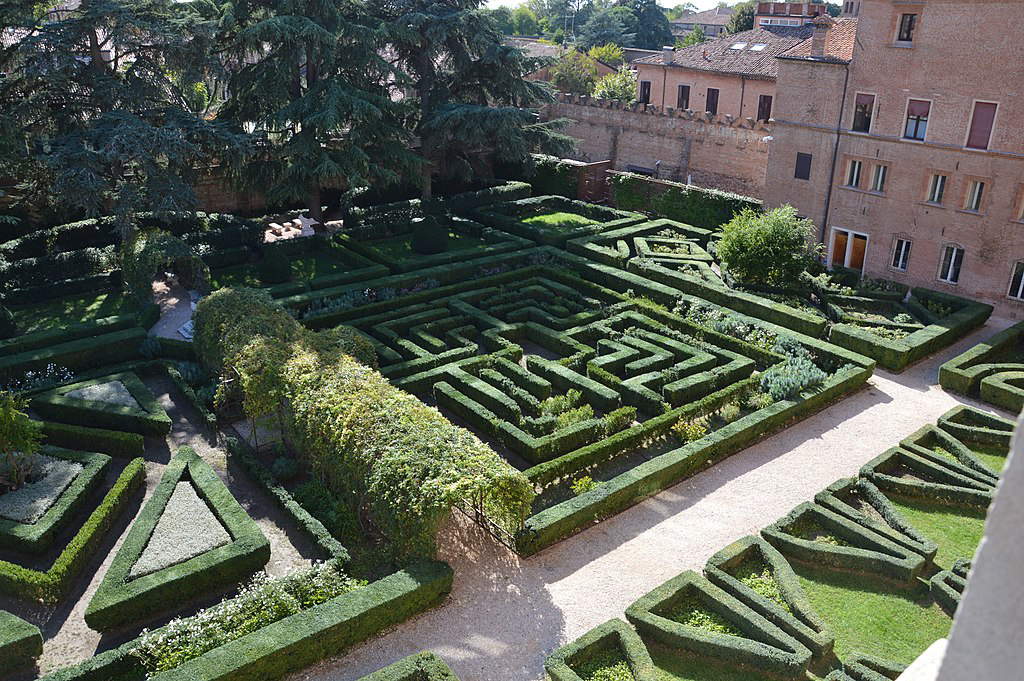
The most recent chapter in the history of the labyrinth of Palazzo Costabili are the restorations conducted between 2009 and 2010, which redeemed the garden from a long period of neglect. Having found the resources (about 300,000 euros), the Regional Directorate for Cultural and Landscape Heritage of Emilia-Romagna implemented an enhancement intervention that led to the rebirth of the garden and its labyrinth, returning it to the community of Ferrara, which has always been linked to this splendid green space.
Thus a new garden was born, the result, as explained by the museum itself, "of an interdisciplinary design that brought together the results of historical investigations, knowledge of Renaissance ars topiaria, archaeological and paleobotanical investigations. Against the backdrop of the great cedars of Lebanon and the flowering climbing plants on the surrounding wall, the labyrinth, the rose gallery and the design of the flower beds, characterized in the center by yew bushes, pomegranate trees, ground cover grasses or flowering bulbous plants, stand out." A garden that increases the charm of one of the city’s most beautiful Renaissance palaces.
 |
| A maze in the Renaissance palace: the labyrinth of Palazzo Costabili in Ferrara |
Warning: the translation into English of the original Italian article was created using automatic tools. We undertake to review all articles, but we do not guarantee the total absence of inaccuracies in the translation due to the program. You can find the original by clicking on the ITA button. If you find any mistake,please contact us.